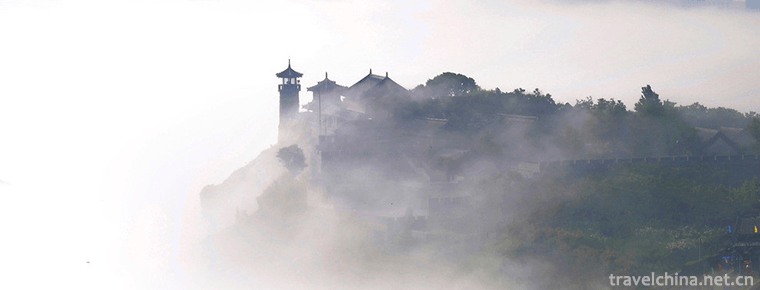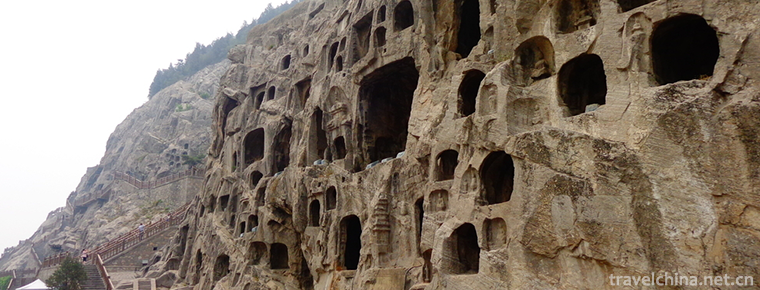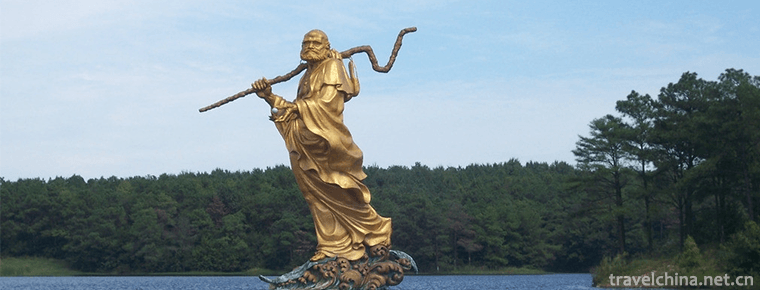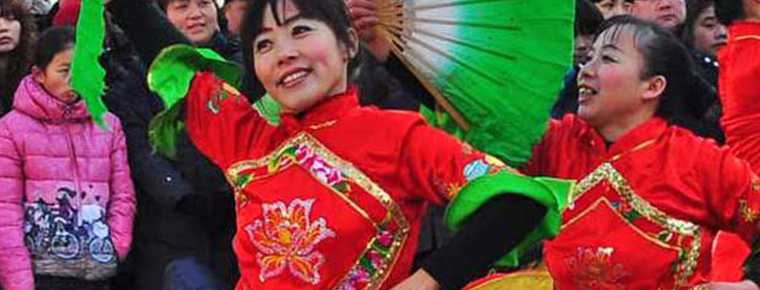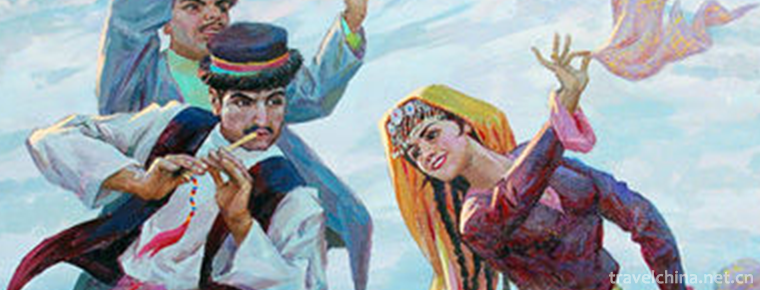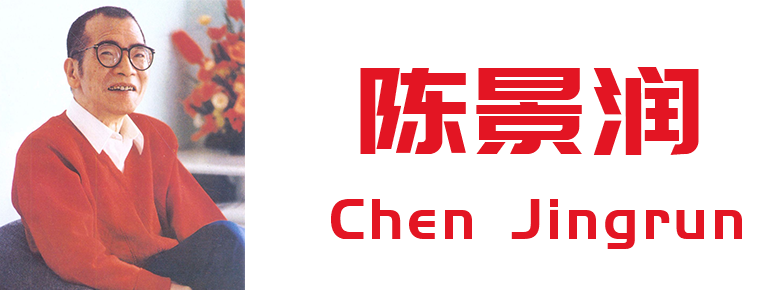King Yalu
King Yalu
King Yalu is the first long Miao heroic epic in history. It is usually chanted at the Miao spiritual ceremony. It is only handed down orally and has no written record. The history of the Miao people's creation and migration campaign in the west is handed down. The protagonist, King Yalu, is a national hero praised by the Miao people from generation to generation.
King Yalu became a key project in the rescue project of Chinese folk cultural heritage in 2009, and was listed as one of the major discoveries of Chinese culture by the Ministry of Culture in 2009. It was subsequently included in the list of intangible cultural heritage in China. The Miao heroic epic King Yalu was published by China Book Company in February 2012.
On May 23, 2011, King Yalu declared by Ziyun Miao Buyi Autonomous County of Guizhou Province was listed in the third batch of national intangible cultural heritage list with the approval of the State Council.
historical origin
Miao nationality is an ancient minority in China. Because there is no written language of its own nationality in history, Miao culture is mainly handed down by mouth and ear. Among the rich oral culture of the Miao people, the Miao epic is the most representative and influential. Marked by sporadic records and translations of Miao epics by British missionaries and local Miao missionaries around 1896 in Huangping and Kaili, Guizhou Province, Chinese and foreign scholars have collected, collated and translated many epic materials over the past 100 years, including many excellent works. However, most scholars focus on the southeast of Guizhou where the Miao people live in the central region, while few people pay attention to the Mashan area where the Miao people live in the western region.
In the spring of 2009, the epic "King Yalu" sung by the Miao people from generation to generation in Mashan area began to enter the cultural horizon, which changed the impression that the Miao people did not have long epics. The protagonist of King Aru, the leader of the Miao people, is a hero praised by the Miao people from generation to generation. The epic vividly narrates the origin of the Miao people in the Western dialect area and the magnificent scene in the process of migration, which is the witness of the tortuous integration of the Chinese nation in the ancient times. In the general history and migration history of Miao people, the description of how Miao people migrated to Guizhou from the middle and lower reaches of the Yangtze River and the lower reaches of the Yellow River, and how they fought for settlement and development is very brief. Therefore, the epic King Aru fills in the gaps in the oral history of the Miao people more than two thousand years ago.
Yalu King is the same person as Yanglu and Yalu. Ya, Yang and Yalu are not surnames, but ancestors'meanings. The heroic epic of King Yalu, discovered in Ziyun County, Guizhou Province in 2009, has 26,000 lines, which is a very complete biography. King Yalu describes that the Miao tribes lived in the East in the pre-Qin period more than two thousand years ago. During the tribal war, King Yalu led the Miao people to a tragic and tragic war, and then they migrated to Guizhou Plateau after their failure. The epic gives a brief description of the 17 generations before King Aru, each of which is about 300 lines. The epic focuses on two major battles.
Aru is not a person's name, but the meaning of ancestors. Therefore, the epic describes the legends of Miao Kings in the past dynasties. In the epic, there are more than 300 lines of stories about the kings of each generation, describing in detail the creation stories of the kings of each generation, including the history and myths and legends of pioneering heaven and earth, the origin of all things, religious customs, etc., describing the memory of the Miao people in Mashan on the stories of their homeland, which can be regarded as an "encyclopedia" for studying the ancient Miao society.
King Yalu is the first Miao heroic epic in history. Its creation period is the same as the Book of Songs. Most of the time, it is only used to chant to the dead in funeral ceremonies. King Aru has been circulating among the people for thousands of years without systematic arrangement.
In 2009, the Buyi Autonomous County of Ziyun Miao Nationality in Anshun City of Guizhou Province declared the intangible cultural heritage of King Yalu, and the CPPCC set up a special project to send an expert investigation team to collect information in Guizhou. Only then did this work really enter the vision of contemporary cultural circles. The unexpected appearance of King Aru was listed by the Ministry of Culture as one of the major discoveries of Chinese culture in 2009 and included in the list of intangible cultural heritage in China.
After three years of collection and collation, the first part of King Aru was published in February 2012, and the second part is still in collection and collation.
artistic characteristics
King Aru tells the story of King Aru, the ancestor of the Miao people in the west. King Aru is a real but deified figure. Legend has it that he created the sun, the moon, the mountains and the earth to make his tribe live a prosperous life in the plains. However, his treasure "Longxin" attracted the jealousy of two brothers and led to the outbreak of war. King Aru had to take his princess, Prince and clan to migrate long distances, retreat to the hard-to-survive mountains, slash and burn, and start living again. But his brothers are still in hot pursuit. In the end, King Aru rose up and defended his homeland.
King Aru has flexible and diverse forms of expression, some of which are recited and sung in narrative form, some of which are asked and answered in the form of Tao Bai, and some employ descriptive, metaphorical, personifying and descriptive techniques. The lyrics are mainly narrated in prose poems. The melody of the song is varied, not rhyming, but rhyming.
King Aru involves tens of thousands of ancient characters, hundreds of ancient Miao place names and more than a dozen ancient battlefields. There are legends such as the creation of heaven and earth, the origin of all things, religious customs and other historical and myth-separated legends, which are "encyclopedias" to show the ancient Miao society. It has the value of literature, history, anthropology, religion, mythology, art, aesthetics, linguistics and so on.
King Aru integrates the history of creation, war and migration of a nation and its ancestors into an epic, which is rare in the genealogy of world heroic epics.
Most of the long poems are chanted in traditional rituals and closely combined with ritual steps.
The chanting activities run through the ceremonial activities all the time, serving the ceremonies and being restricted by the ceremonies. Its main function is not for entertainment.
Many unique rules and taboos are shown in the process of its convention. These features add splendor to the discovered pedigree of human epics.
Inheritance and Protection
inherit
The spread of King Aru is basically handed down by mouth rather than by words, and most of it is chanted in the ritual of delivering spirits, which is closely linked with the steps of the ritual. The main function of the chanting is not for entertainment, so it is very popular. Many unique rules and taboos are displayed in the process of its transmission. For example, learning to sing can only take place in January and July, which is rather mysterious.
"King Aru" is mainly spread in Ziyun County, scattered in neighboring Luodian County, Wangmu County and Pingtang County. In addition, there are a few spread in Huaxi, Qingzhen, Zhenning, Guanling and other Western Miao areas.
As early as the Three Miao Kingdoms in Xia Dynasty, the Miao epic in Mashan took shape. After the Miao settled in Mashan in Qin and Han Dynasty, the epic enriched and enriched the story of King Aru. The story of King Aru was the main content of the song. The stories of some descendants of King Aru were perfected and finalized in the late Qing Dynasty.
protect
On May 18, 2010, the Ministry of Culture of China announced the third batch of national intangible cultural heritage list of recommended projects (new entries). King Yalu, declared by Ziyun Miao Buyi Autonomous County of Guizhou Province, is included in the intangible cultural heritage of folk literature items.


-
Penglaige tourist area
Penglaige Scenic Area, located in Danya Mountain, northwest of Penglai City, Shandong Province, is a national AAAAA-level tourist attraction with an area of 18,500 square meters.
Views: 105 Time 2018-12-08 -
Longmen Grottoes Scenic Area
Longmen Grottoes is one of the treasure houses of Chinese stone carving art. It is now a world cultural heritage, a national key cultural relics protection unit and a national AAAAA class tourist attr.
Views: 234 Time 2018-12-09 -
Kashgar Ancient City
The ancient city of Kashgar, a national AAAAA tourist attraction, covers an area of 20 square kilometers. The capital of Shule was renamed Panzhi City, the predecessor of Shule City in the Western Han.
Views: 117 Time 2018-12-12 -
Daishan Lake
Daishan Lake is located in the ancient town of Feidong County, Hefei City, Anhui Province. Daishan Lake has a subtropical climate, warm and humid, with an average annual temperature of 15.7 degrees Ce.
Views: 216 Time 2019-01-08 -
Jingxing spent
Jinglonglahua, a traditional dance in Jinglongxian County, Hebei Province, is one of the national intangible cultural heritage..
Views: 347 Time 2019-05-08 -
Uygur Sainem
Among the numerous traditional folk dances, "Sainem" is the most common form of Uygur folk song and dance. It is widely spread in the towns and villages in the north and south of Tianshan Mo.
Views: 156 Time 2019-06-27 -
Beijing Jiaotong University
Beijing Jiaotong University is a national key university directly under the Ministry of Education, jointly constructed by the Ministry of Education, the Ministry of Transport, the Beijing Municipal Pe.
Views: 154 Time 2019-09-06 -
Chen Jingrun
Chen Jingrun (May 22, 1933 -1996 March 19th), male, Han, non party personages. Fujian Fuzhou Man, a contemporary mathematician..
Views: 127 Time 2019-09-07 -
Taoping Qiang Village
Taoping Qiang village is located in Taoping Township, beside Zagunao River in Lixian County. Qiang village is 40 km away from Lixian City, 16 km from Wenchuan city and 139 km from Chengdu. It is a national key cultural relics protection unit and an important scenic spot in Jiuhuang line tourism circle..
Views: 128 Time 2020-11-07 -
Kangding yak meat
There are many wild medicines such as Fritillaria, Cordyceps and so on growing in these areas over 3500 meters. Yaks often eat these herbs, and their meat is incomparably delicious. After being killed, they can be roasted in brown sauce, stewed or dried in the cold.
Views: 201 Time 2020-12-06 -
Nanchong mineral resources
Nanchong mainly has rock salt, oil and natural gas, placer gold, ferrotitanium, uranium, phosphorus and other mineral resources. Nanchong is located in the core of Nanchong rock basin, the largest rock salt sedimentary basin in Sichuan Province. Underground.
Views: 336 Time 2020-12-17 -
Cultural undertakings in Guangan
As of 2019, there are 5 radio and TV stations and 2 Radio and TV stations in Guang'an City. The comprehensive coverage rate of broadcasting is 99.7%, and that of television is 99.8%. There are 7 public libraries, 21 theatres and theatres, 4 museums an.
Views: 329 Time 2020-12-19
